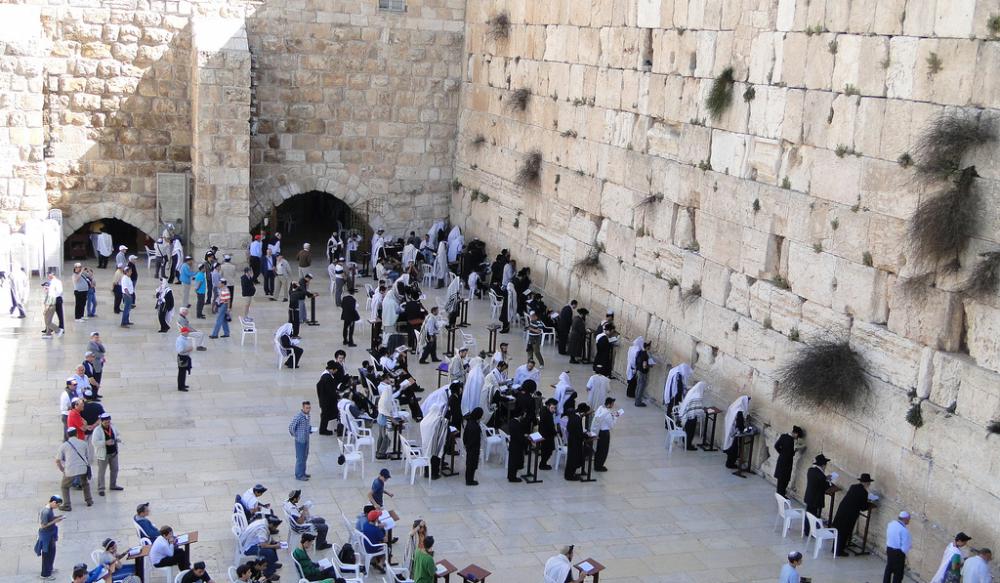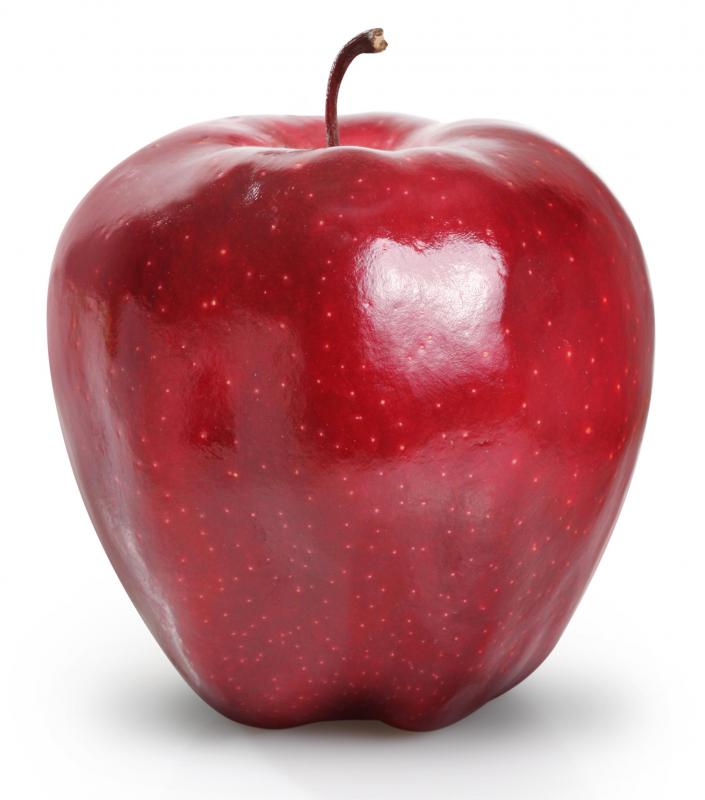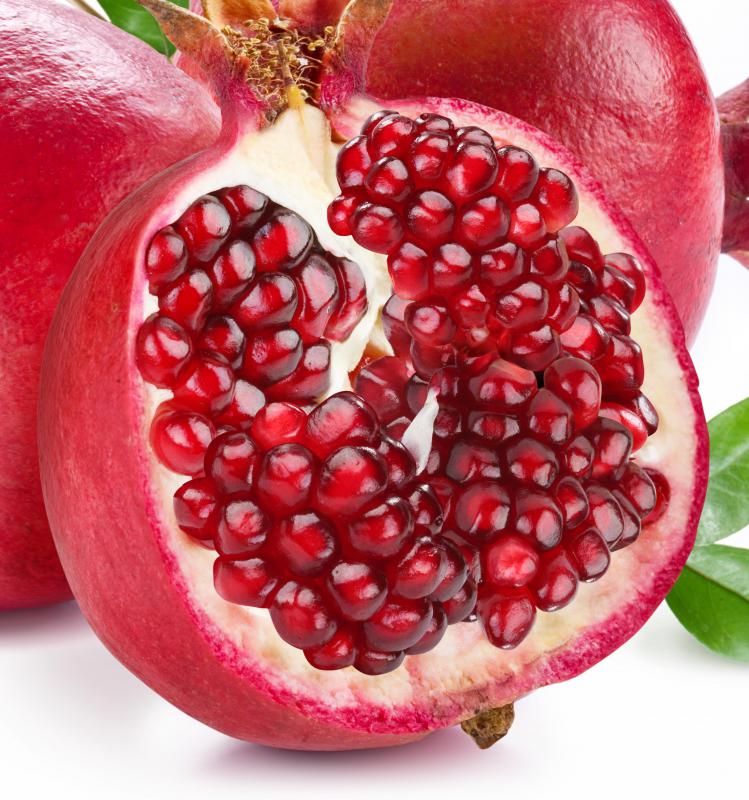At InfoBloom, we're committed to delivering accurate, trustworthy information. Our expert-authored content is rigorously fact-checked and sourced from credible authorities. Discover how we uphold the highest standards in providing you with reliable knowledge.
What is Rosh Hashanah?
Rosh Hashanah is often called the Jewish New Year, and is the beginning of the 10 Days of Awe, which end with Yom Kippur, the Day of Atonement. Rosh Hashanah is not celebrated according to the Gregorian calendar, but is instead celebrated according to the Jewish calendar. The date changes, but it is usually in either September or October.
Rosh Hashanah is a time for Jewish people to reflect on the past year, and to hope for good things in the year ahead. It is one of the High Holy Days, and like the Sabbath, no work is permitted. The definition of work varies in accordance to the sect of Judaism to which one belongs. For example, in some cases, work would mean driving a car, but in other sects, driving a car only to Temple is permitted.

Most sects of Judaism celebrate Rosh Hashanah for two days. On the first day, much of the morning is spent in the temple. An important occurrence in the temple is the blowing of the shofar, a horn made from the horn of a goat. The shofar blows 100 notes throughout the Rosh Hashanah service.
Blowing the shofar is symbolic of a spiritual and mental awakening of the people so that they may spiritually reflect on the past year. In fact, many call Rosh Hashanah the Day of Awakening or the Day of Remembrance. Like New Year celebrations of other cultures, Rosh Hashanah is also a time to reflect on how to change one’s life for the better.

Toward the end of the day, Jews go to rivers or creeks, and cast anything in their pockets into such. This is called the Tashlikh. If people have nothing in their pockets, then they will throw breadcrumbs. This “casting off” symbolizes a disconnection with the past year so that the New Year is entered without burdens or sin. Often the casting off process is quite social, as many gather at the same location, lending the spirit of community to the process. All together become new in the eyes of God.

Rosh Hashanah generally ends on the first day with a special meal that almost always includes apples dipped in honey, symbolizing the wish for a sweet new year. Other traditional foods include Challah, which is round and symbolizes the turning of the year, fish which represents prosperity and fertility, and new fruit like the pomegranate, representing the continued promise to keep God’s covenant.
The Days of Awe are a time of reflection and a time to rejoice culminating with Yom Kippur. This is when Jews practice atonement for sins against God or others, and essentially are renewed in their promise to keep God’s covenant.
AS FEATURED ON:
AS FEATURED ON:
















Discussion Comments
Great post. Yes, Rosh Hashanah is the Jewish New Year and literally means "head of the year" and Jews do teshuva, which means they repent for their sins.
Post your comments